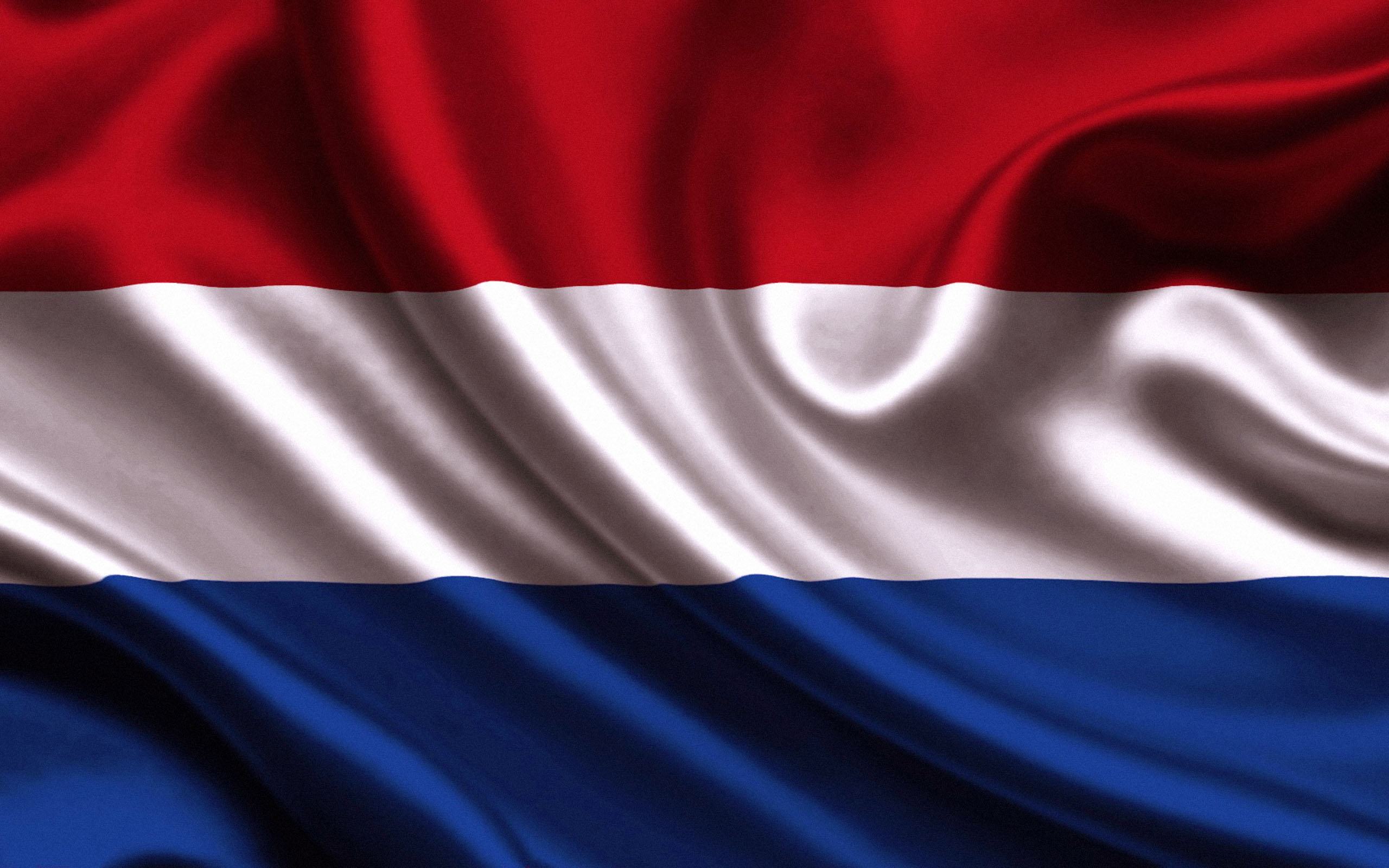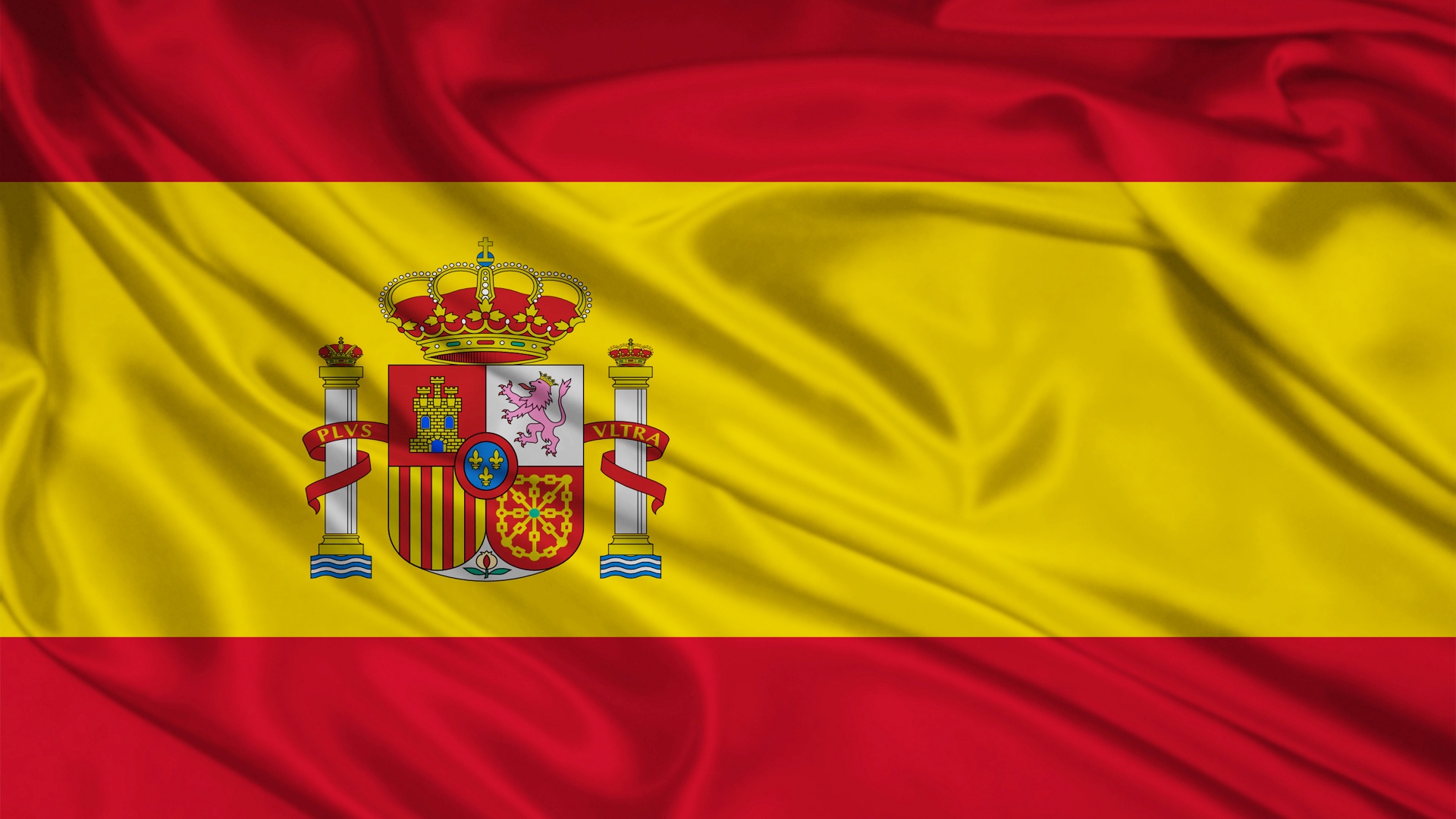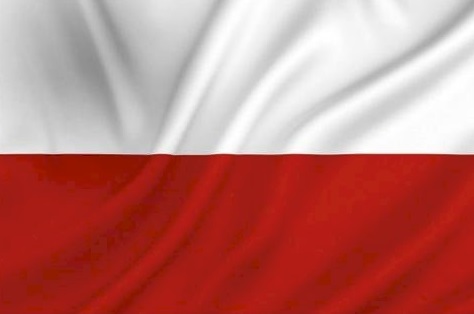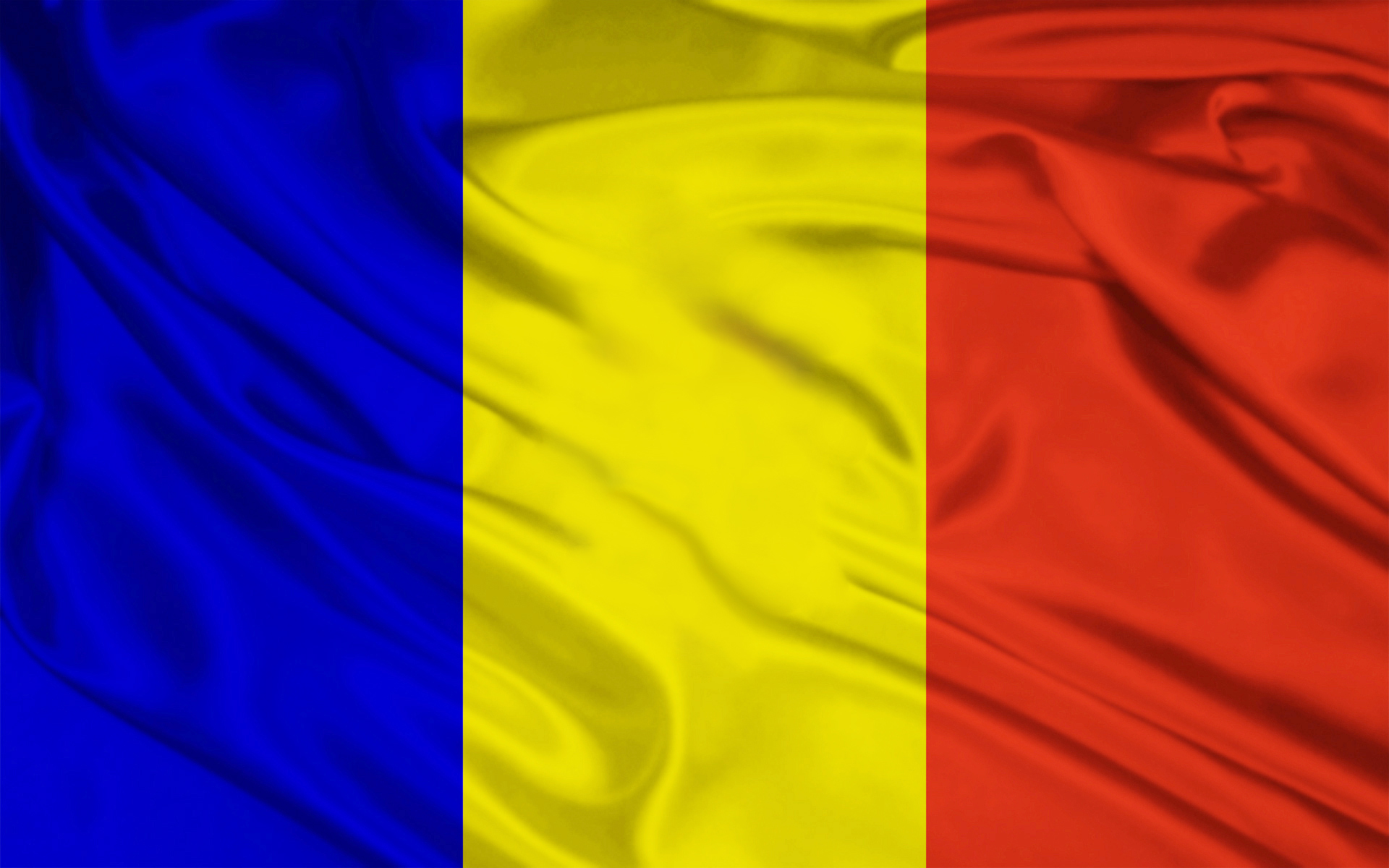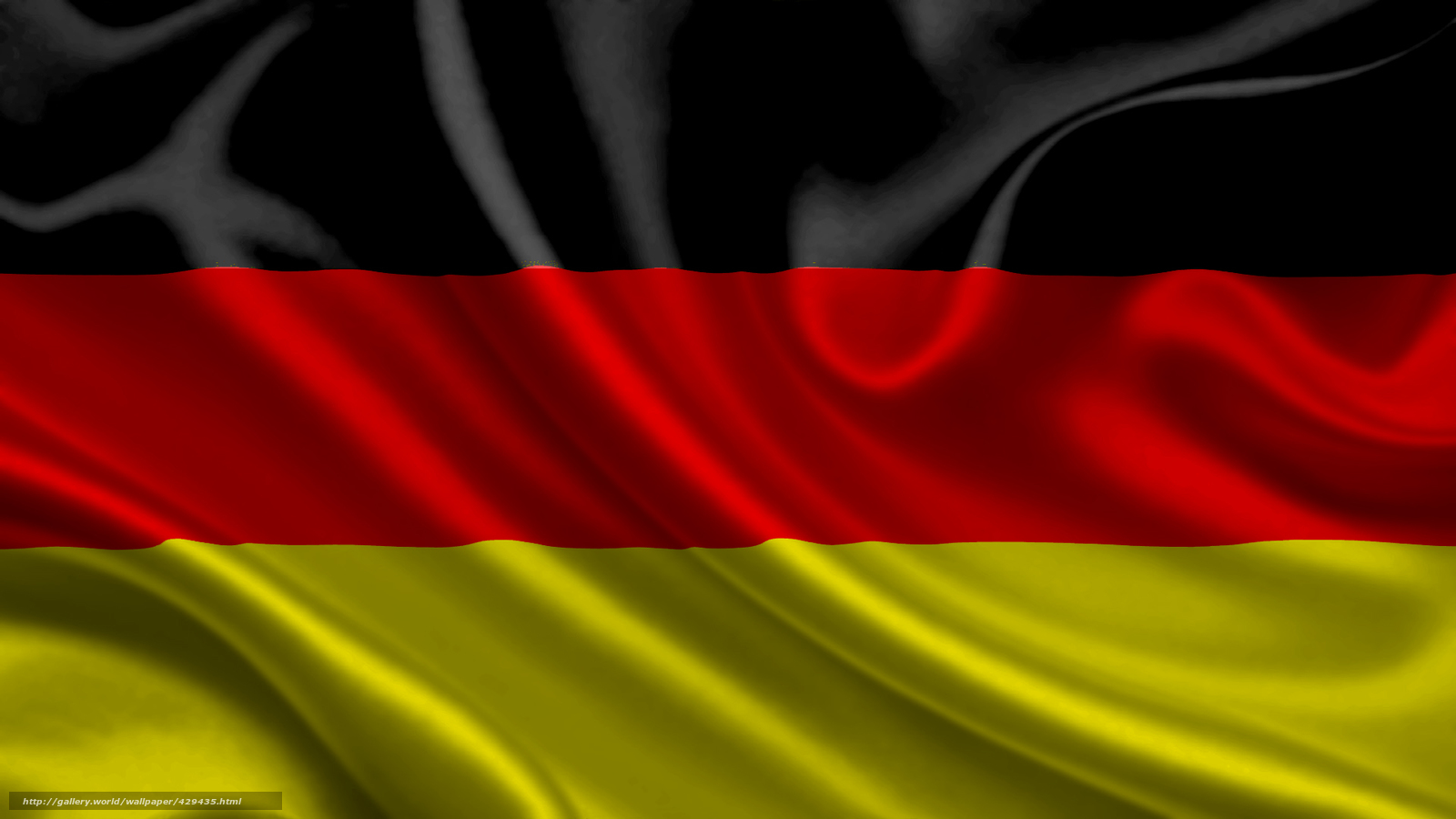BIAŁOWIEZA PRIMEVAL FOREST
It is a relic of the original forest landscapes on the old-glacial moraine uplands that dominated in the past in the Central Poland and North Podlasie lowlands. Compared to other forest areas in Poland and Europe, the primeval and relict nature of forests is emphasized by the significant share of over 100-year-old stands of natural origin, with a varied layered structure. Some of the last and larger fragments of the primeval forest of the European lowlands have been preserved here. Here, next to the wolf and the lynx, lives the largest population of free bison in the world. The present-day forest complex of the Białowieża Primeval Forest lies on the border between Poland and Belarus, occupying approximately 1,500 km². The dominant and most typical landscape of the forest are flat clayey ground moraine plains. Deciduous forests grow here. The high diversity of habitats and their mosaic character are responsible for the high degree of biodiversity in these areas.
| 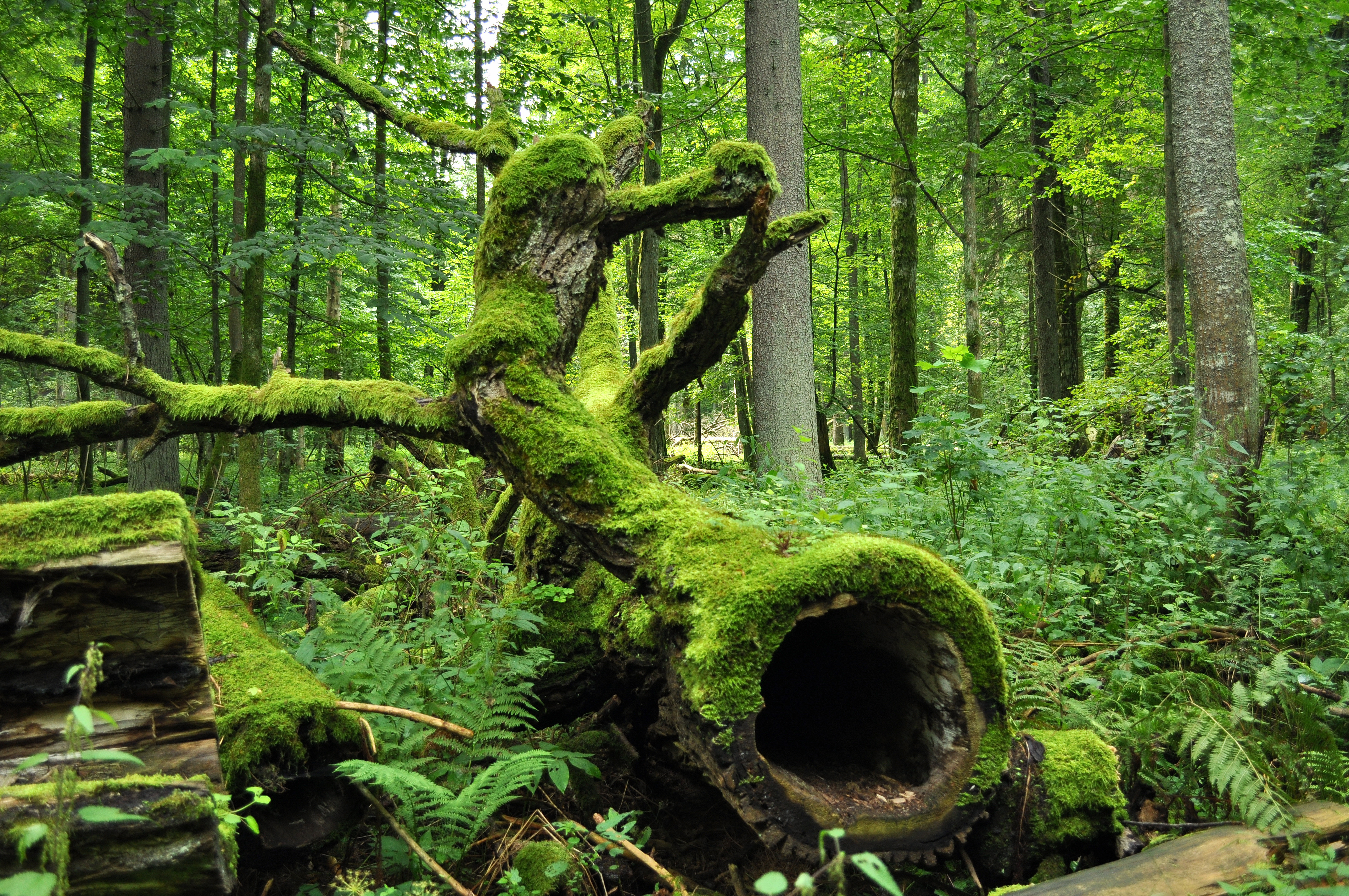
|
OLD TOWN IN KRAKOW
Krakow is a city in southern Poland on the Vistula River. Krakow is the second city in the country in terms of population and area. Old Town - the oldest area of Krakow, surrounded by Planty. Its center is the Main Square. Until 1954, the Old Town within the Planty (without the Wawel Hill) was a separate cadastral district. It was the first district of Śródmieście. In 1978, the Old Town, together with Wawel, Kazimierz and Stradom, was entered on the UNESCO World Heritage List, in 1994, together with Wawel, Stradom, Kazimierz, Podgórze, Nowy Świat and Piasek, it was recognized as a Historical Monument.
| 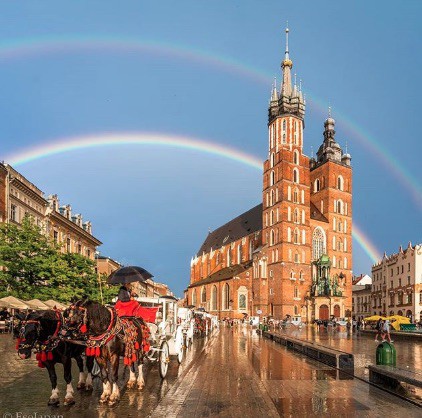
|
"WIELICZKA" SALT MINE
"Wieliczka" Salt Mine-rock salt mine, in Wieliczka near Krakow. From the thirteenth century to 1772, together with the salt mine "Bochnia", it was part of the Krakow Saltworks. The salts mined in the mine come from the Miocene. In 1976, the mine was entered into the national register of monuments. Two years later, it was entered by UNESCO on the first World Heritage List. In 1989, the "Wieliczka" Salt Mine extended the List of World Heritage in Danger, from which it was deleted in 1998. Since 1994, it is also a monument to the history of Poland.
| 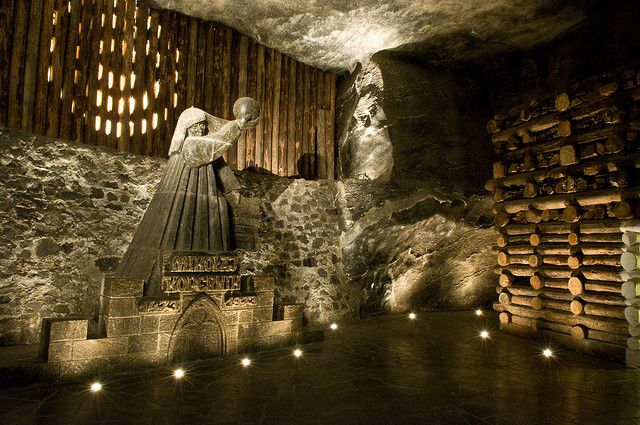
|
POLAND CHRISTMAS TRADITIONS
Christmas in Poland is similar to Christmas in other countries. But we also have many beautiful and meaningful Christmas traditions. Typical only for their country. The preparations for Christmas begin many days before the actual celebration. The holiday starts on Wigilion Day. People can’t eat meat dishes during it. Then there are the First and the Second Day of Christmas. Children get their presents on First Day. Polish people love to sing Christmas carols, send Christmas cards. The Christmas season often runs until February 2. The most known dishes are for example:pickled herring, carp fillets, beetroot soup with dumplings (recipe), pierogi (recipe) or poppy seed cake (recipe).
| 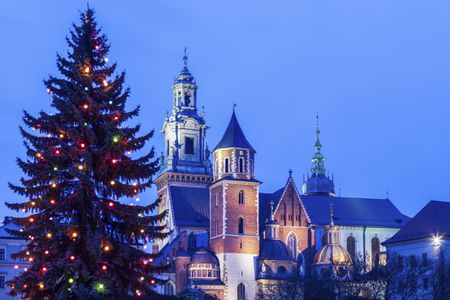
|
Then it's time for sharing the Wafer. This custom dates back to the early 19th century. In the past, in addition to traditional wafers made from unleavened dough, bread, and water, there were also colored wafers. The latter were shared with animals. This custom was supposed to protect animals from contracting various dishes. The sharing of the wafer, which we can talk about nowadays, is a symbol of gratitude and a sign of forgiveness of past.
Christmas traditions: a white table cloth for Christmas Eve and the best tableware, hay on Christmas Eve under the tablecloth, 12 Christmas Eve dishes, additional cover for Christmas Eve, singing Christmas carols together, kissing under the mistletoe, candles on the table.
| 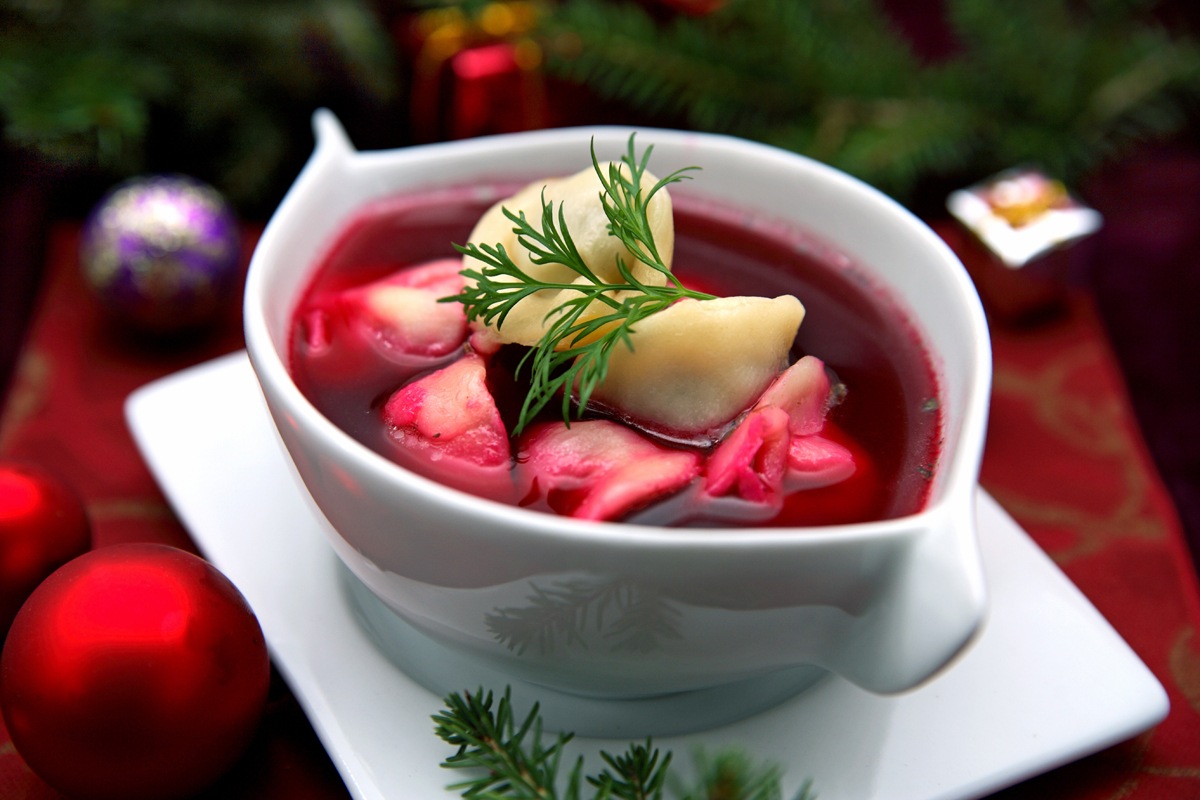
|
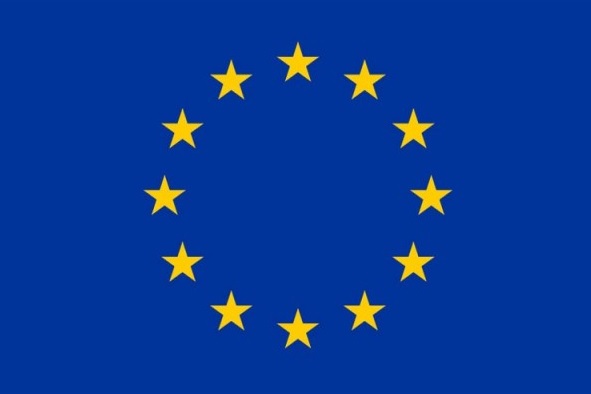 Erasmus+
Erasmus+
 Erasmus+
Erasmus+





